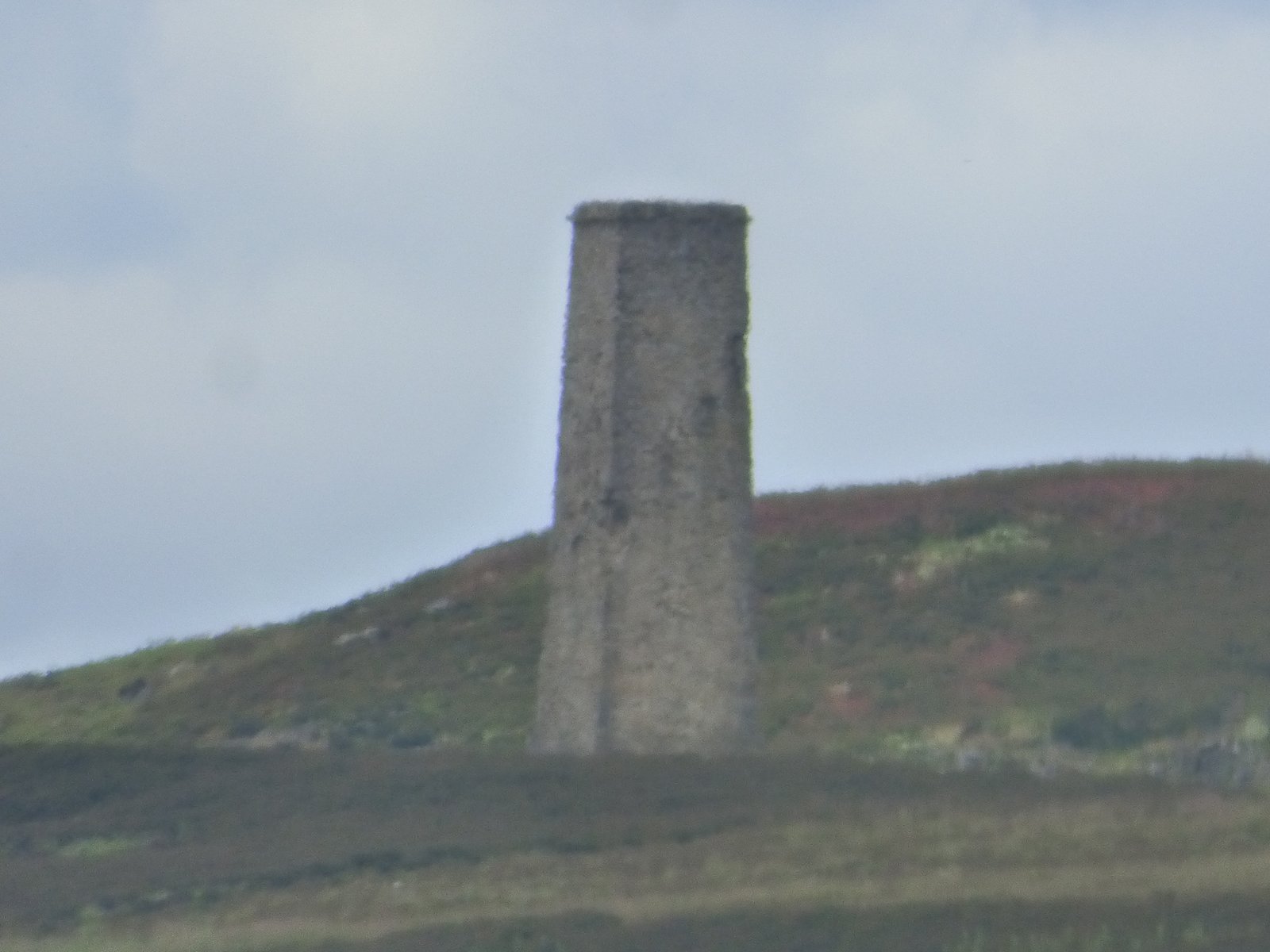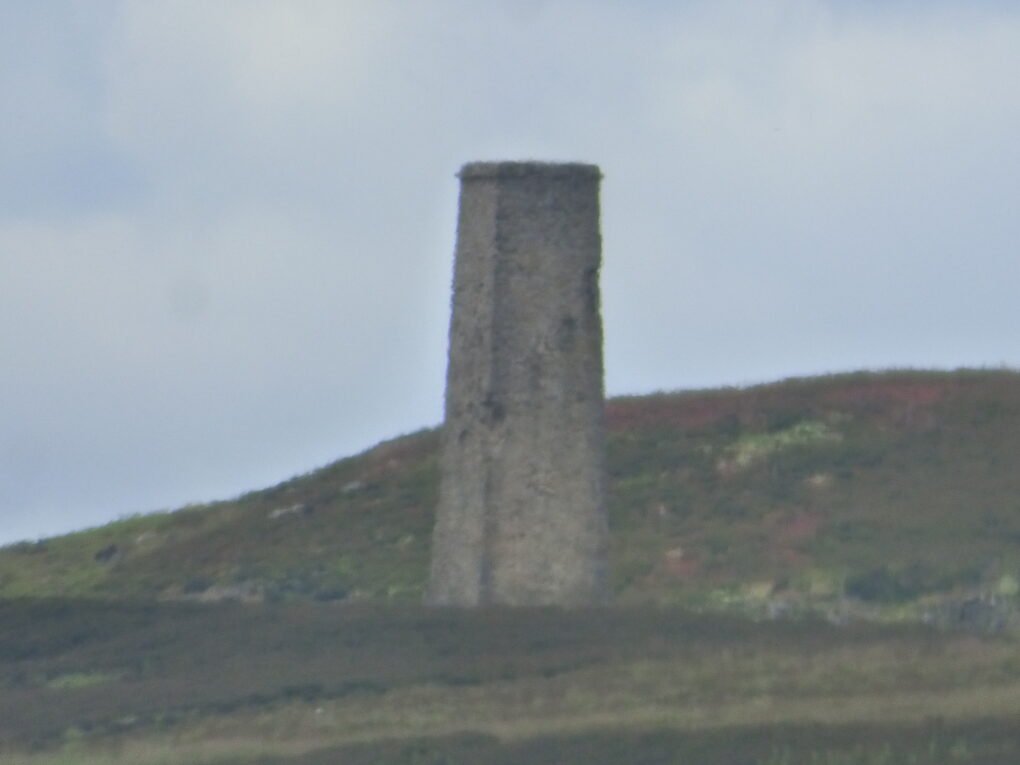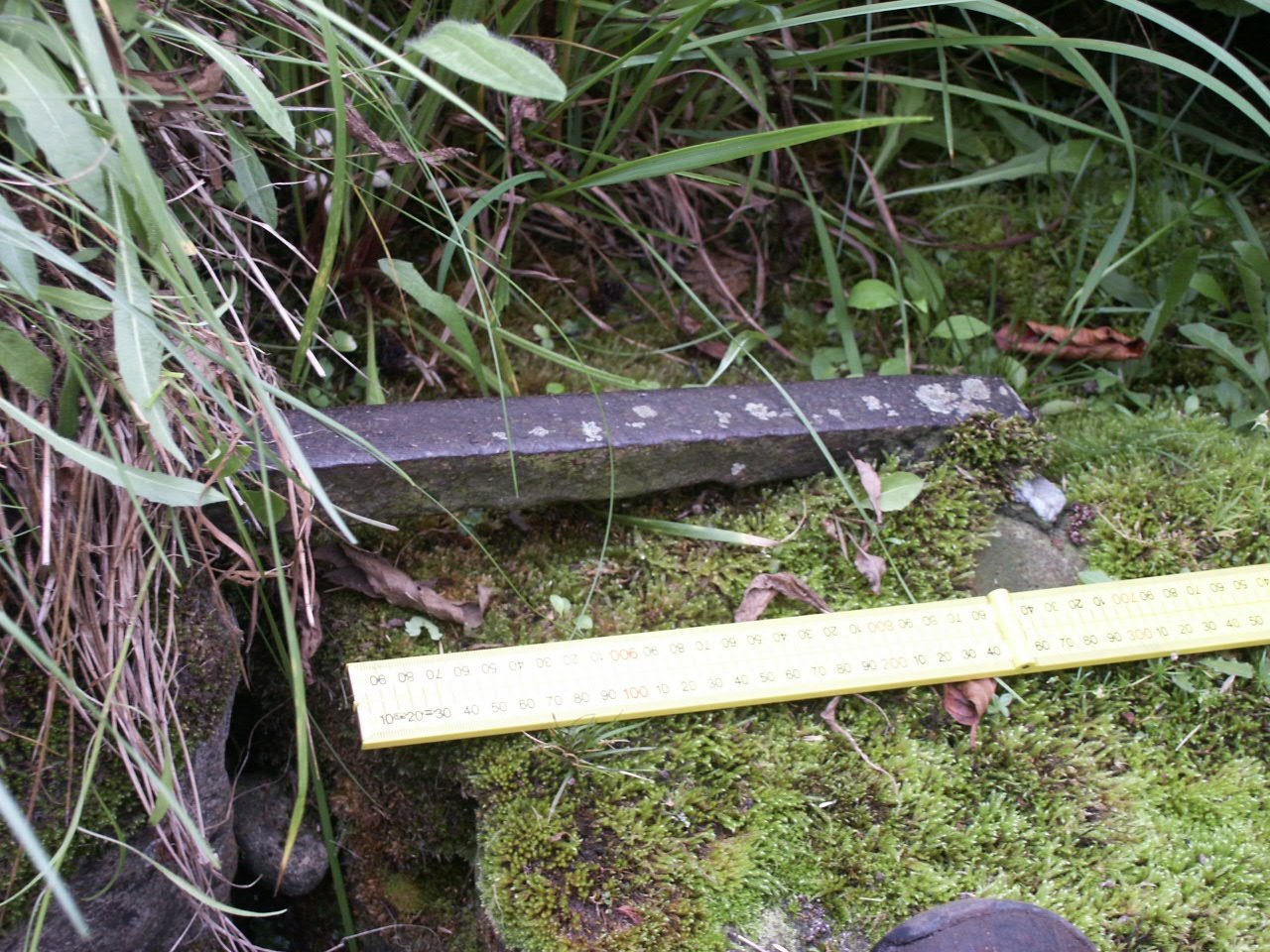Contents
Site Details:
 The tall chimney on the moor near Redmire is connected to the Cobscar Smelting Mill, which was part of the lead mining industry that once thrived in the area. The chimney served a crucial role in the smelting process by exhausting poisonous lead gases away from the mill. This would have been vital for the health and safety of the workers at the time.
The tall chimney on the moor near Redmire is connected to the Cobscar Smelting Mill, which was part of the lead mining industry that once thrived in the area. The chimney served a crucial role in the smelting process by exhausting poisonous lead gases away from the mill. This would have been vital for the health and safety of the workers at the time.
The chimney has been restored by a master mason and is now designated as a Grade II Listed Building, highlighting its importance as a piece of industrial heritage.
History of Cobscar Mill
The Cobscar Smelting Mill, nestled in the picturesque landscape of Redmire, North Yorkshire, is a relic of the region's rich industrial past. Established before 1762 by James Plews, the mill was an integral part of the lead mining industry, processing ore extracted from the nearby Cobscar Rake and other local mines. The mill's history reflects the fluctuating fortunes of the mining sector; it was reported in 1823 that the local mines were nearly exhausted, yet calamine and coal were still abundant. This period marked a decline in the industry, and by the mid-19th century, the mill was referred to as 'Old Smelt Mill' on maps.
Despite these challenges, the Cobscar Mill underwent refurbishment in 1848, under the patronage of Lord Bolton, who added a new flue system to replace the function of the Apedale mill. This renovation is commemorated by a dated stone above the roasting hearth's door. The mill continued to serve the local mining operations, including Bolton Park, Wet Groves, and Apedale mine, albeit on a smaller scale, until the end of the 19th century. It is believed that the mill ceased operations around 1890.
Construction of the Chimney
The construction of the chimney at Cobscar Smelting Mill, a significant remnant of the lead smelting industry in Yorkshire, is a testament to the engineering practices of the 19th century. Built in 1848, the chimney is a square structure, slightly tapering in section, and stands approximately 12 meters high. It is constructed from rubble stone, a common local building material at the time, which provided both durability and resistance to the harsh weather conditions on the moor. The chimney features a semicircular arch of rubble voussoirs over the opening to the flue, which is indicative of the architectural style of industrial structures during that period.
The design of the chimney, with its single drip course immediately below the coping stones, was not only functional but also reflected the aesthetic considerations of the era. The drip course, a protruding ledge, served to direct rainwater away from the structure, thus protecting the masonry from erosion. This detail, while minor, highlights the attention to longevity and maintenance in the construction process.
Function of the Chimney
The chimney's primary function was to expel poisonous gases, particularly lead fumes, from the smelting process. The flue system, which connected the chimney to the smelting mill, was carefully designed to ensure efficient airflow and the safe removal of toxic fumes. The flues, typically around 2.5 meters wide, had occasional narrow openings on either side for maintenance access. These openings allowed workers to remove any blockages and ensure that the flue remained operational.
The construction process would have required skilled masons and labourers, who worked in challenging conditions to erect the chimney on the moor. The remote location added to the complexity of the construction, as materials and workers had to be transported to the site. Despite these challenges, the chimney was successfully built and became an integral part of the smelting mill's operations.
Significance of the Mill
The mill's significance extends beyond its industrial function; it is a symbol of the community's adaptation to the ebb and flow of economic viability and resource availability.
While the mill itself ceased operations around 1890, the site has been preserved to educate the public about the historical smelting techniques and the environmental impact of the lead mining industry.
The Northern Mine Research Society provides information on the mill, highlighting its significance and the restoration efforts that have been undertaken to maintain its structure. Visitors can explore the remnants of the mill, including the long stone arched flue and the chimney.
Guided tours for the Cobscar Smelting Mill are not commonly advertised, and there is no direct information available about organized tours. However, the site is accessible to the public, and those interested in the mill's history can visit the ruins to learn more about the area's industrial past. For a more informative experience, visitors might consider reaching out to local historical societies or the Northern Mine Research Society, which holds extensive records and details about the mill and its operations.
Visiting the site and walking guides
For those looking to explore the scenic beauty and historical significance of the Yorkshire Dales, there are indeed walking trails that pass by the Cobscar Smelting Mill. One such trail is a delightful 7.8-mile journey that not only takes you through the charming limestone scenery of Preston Scar but also leads you to the mining remains at Cobscar Mill. This route, starting from the village of Preston-under-Scar, offers a rich contrast between the rugged grouse moors and the structured remnants of the industrial past. As you follow the trail, you'll encounter the impressive chimney at the head of the flue, which stands as a testament to the area's mining heritage. The path is well-detailed and provides an immersive experience, allowing you to visualize the life and labor that once thrived in these moors.
Another trail worth exploring is the circular route around Old Gang Smelt Mill and Reeth High Moor. This is moderately challenging 9.2 km trail offers a blend of natural and historical exploration, with opportunities for bird watching, hiking, and running. As you traverse this path, you'll be rewarded with panoramic views of the moorland, river, and waterfall, while also encountering the remains of the largest lead smelting complex in the Dales. The trail is well-maintained, making it suitable for visits throughout the year, especially from March through June.
The circular route around Old Gang Smelt Mill is a journey through time, set against the backdrop of the stunning Yorkshire Dales. This 9.2 km trail, considered moderately challenging, is a favourite among hikers, bird watchers, and history enthusiasts alike. It takes approximately 2 hours and 32 minutes to complete, offering a blend of natural beauty and historical intrigue. The path begins near Richmond, North Yorkshire, and leads adventurers to the remains of the largest lead smelting complex in the Dales, now a Scheduled Ancient Monument. As you traverse this trail, you'll be surrounded by the breathtaking moorland, with opportunities to spot wildlife, including grouse and other ground-nesting birds. The route is particularly enjoyable from March through June, when the weather is mild and the wildflowers are in bloom.
The trail is well-maintained, ensuring a pleasant trek even after heavy rainfall, which prevents the paths from becoming boggy. The initial two miles feature a wide, compacted track, suitable for rugged pushchairs or motorized scooters, making it accessible for a broader range of visitors. However, beyond this point, the path becomes more uneven and steep, with a few shallow fords that may require careful navigation. The entire route is shared with sheep, and during the grouse shooting season from August to December, visitors must take care to follow any posted notices.
One of the highlights of this trail is the Old Gang Smelt Mill itself, a testament to the industrial era of the 18th and 19th centuries. The ruins are among the best-preserved in the North Pennines and offer a tangible connection to the past. The circular route passes by the mill and follows the River Swale, providing serene views of the river and waterfalls. The path then rises gently to the indistinct summit of Great Pinseat, where the landscape opens up to reveal the vastness of the moors.
While there are no facilities or refreshments along the route, the experience of walking through such a historically rich landscape is rewarding in itself. It's important to note that mobile signal can be limited in this area, so a downloaded map or GPS device is strongly advised for navigation.
Site Gallery
Gallery Empty













